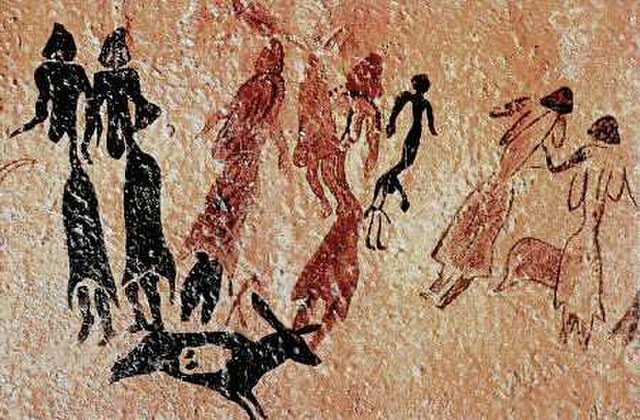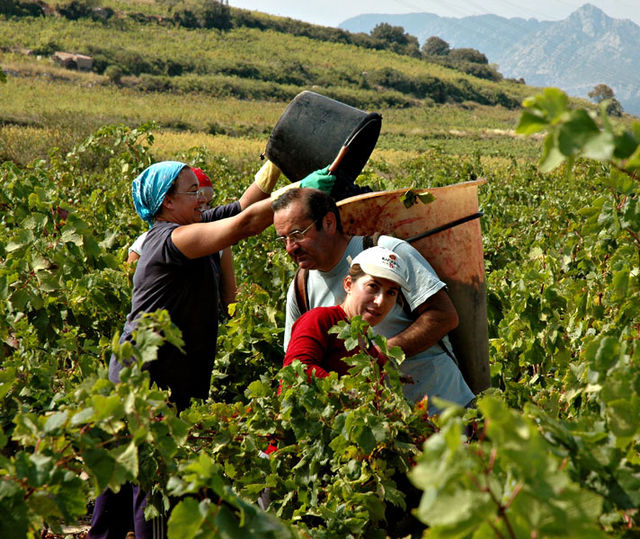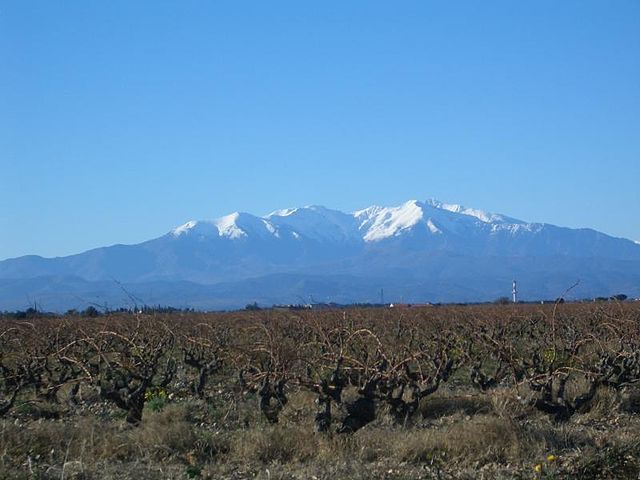The recorded history of the lands of what today is known as Catalonia begins with the development of the Iberian peoples while several Greek colonies were established on the coast before the Roman conquest. It was the first area of Hispania conquered by the Romans. It then came under Visigothic rule after the collapse of the western part of the Roman Empire. In 718, the area was occupied by the Umayyad Caliphate and became a part of Muslim ruled al-Andalus. The Frankish Empire conquered northern half of the area from the Muslims, ending with the conquest of Barcelona in 801, as part of the creation of a larger buffer zone of Christian counties against Islamic rule historiographically known as the Marca Hispanica. In the 10th century the County of Barcelona became progressively independent from Frankish rule.
The caves of El Cogul contain paintings protected as part of a UNESCO World Heritage Site
Ancient silver vessel from the Tivissa Treasure, c. 500 BC. Archaeology Museum of Catalonia
Arc de Berà (Roda de Berà, Tarragona)
Military fortress (suda) of Tortosa
Roussillon was a historical province of France that largely corresponded to the County of Roussillon and part of the County of Cerdagne of the former Principality of Catalonia. It is part of the region of Northern Catalonia or French Catalonia, corresponding roughly to the present-day southern French département of Pyrénées-Orientales in the former region of Languedoc-Roussillon.
Roussillon coast
Grape pickers near Maury
A snow-capped Mount Canigó (Canigou) (2785 m) across the Roussillon plain







